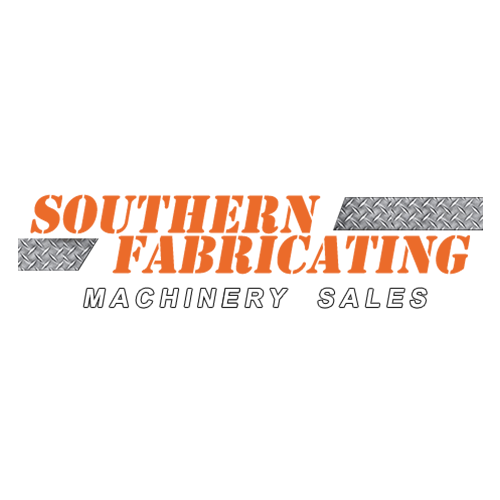
Posted By: Southern Fabricating Machinery Sales | Posted On: January 24, 2020
How Do Plasma Cutters Work?
Plasma cutting is a thermal method of cutting and etching metals. This is one of the newest ways available of cutting these materials. Plasma cutting has existed for just a few decades and precision plasma cutting (Hi-Def or Fine Plasma) for just about 15-20 years. Prior to this method, Oxy-Fuel was often used in cutting. This older method uses oxygen, acetylene and later, propane to cut materials. Plasma cutting has surpassed Oxy-Fuel in usefulness because it can cut through up to six inches of material at one time and yet precisely cut thinner materials with very little change over required although there are still applications for Oxy-Fuel systems.
Why Use a Plasma Cutting Machine?
Plasma cutting machines are much more efficient than other methods of dealing with metal. Plasma cutting was originally developed in the 1960s but took many years to develop into a precision cutting process we know today. It's a process that uses temperature to cut, or rather, vaporize metals. The mechanics of plasma cutter technology are simple on paper; A gas or gases are forced through a very small hole in a torch at a very high speed whereas a current is then applied to the gases as this happens. This process delivers a fine plasma stream which cuts with very well-finished edges. Its sister process, the Oxy-Fuel torch works much more slowly and the cuts are not as clean.
By the late 1990s, plasma torches and the technology got even better. Technology advanced so that fine plasma or "high definition" cuts were possible. These fine plasma cutting tools, unlike their simpler cousins, are not handheld, they're attached to larger precision motion systems in order to achieve the fine finishes and accuracies they are capable of. These are often known as computer numerically controlled (or CNC) plasma cutters. These are tools that offer great precision. They also require precise controls and calibration. These fine plasma cutters offer a great way to produce intricate parts.
Plasma Cutting Basics
Plasma cutters use several different types of gas to cut through materials. Oxygen, nitrogen,argon and even shop air can be used in this process. Of course, it's not just the air that's used in the process. The air must be restrained and passed through a tiny open as a current is passed across it. The process is called plasma cutting, not air cutting, because when the temperature gets high enough it enters a new state of matter, the state of Plasma. The electrical nature of the process is also important. As the electrified arc produced by the torch comes into contact with the metal, a full circuit is created. The substance is at a high temperature and is moving at a high speed. It's easy for this plasma to cut through metal materials. In addition to the gas that becomes plasmified, there's also a shielding gas in these torches. This gas is also forced out through a narrow nozzle. It's called a shielding gas because it shields the finished cut.
Operating a Plasma Cutter
Todays handheld plasma cutters often have a pilot arc system. This means that an arc is used to create the plasma between the electrode and the nozzle. That way, the plasma is available before the arc transfer to the metal occurs. This is an improvement over the earlier handheld plasma cutting technology. A swirl ring makes the plasma stream turn quickly as it exits the cutter providing a tighter more uniform flow. CNC cutting today is done totally by computer, without having to touch materials at all. A pre drawn shape is loaded into the machine and a toolpath is then created that the machine tool follows while energizing the plasma torch. Early versions of computer numerically controlled cutters required a sort of punch-card or punch-tape system. Today, it's all done by arranging images on a screen and it's possible to enter very small details into these systems, including speeds, pauses and other functions.
At Southern Fabricating Machinery Sales, Inc. we are experts in Plasma Cutting and metal fabrication. You can read more in depth about plasma cutting by following the link below or shop for a plasma table now via the link provided. Call us today at 1-813-444-4555 for help with your application, or selecting the right plasma system for your needs or visit us on the web at www.southernfabsales.com to learn more about Plasma and other fabrication processes.







